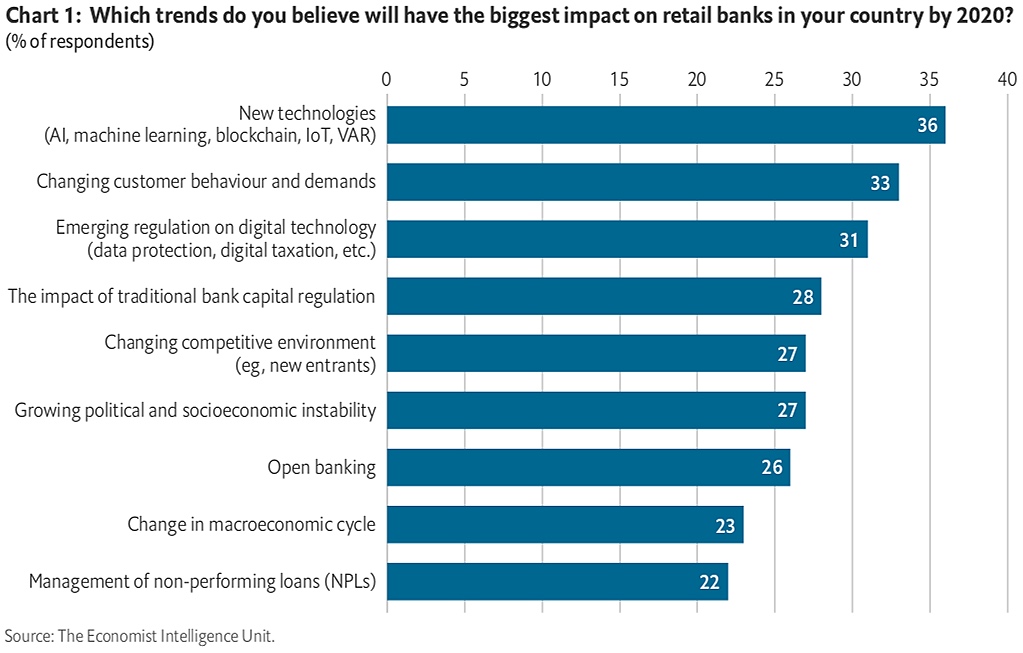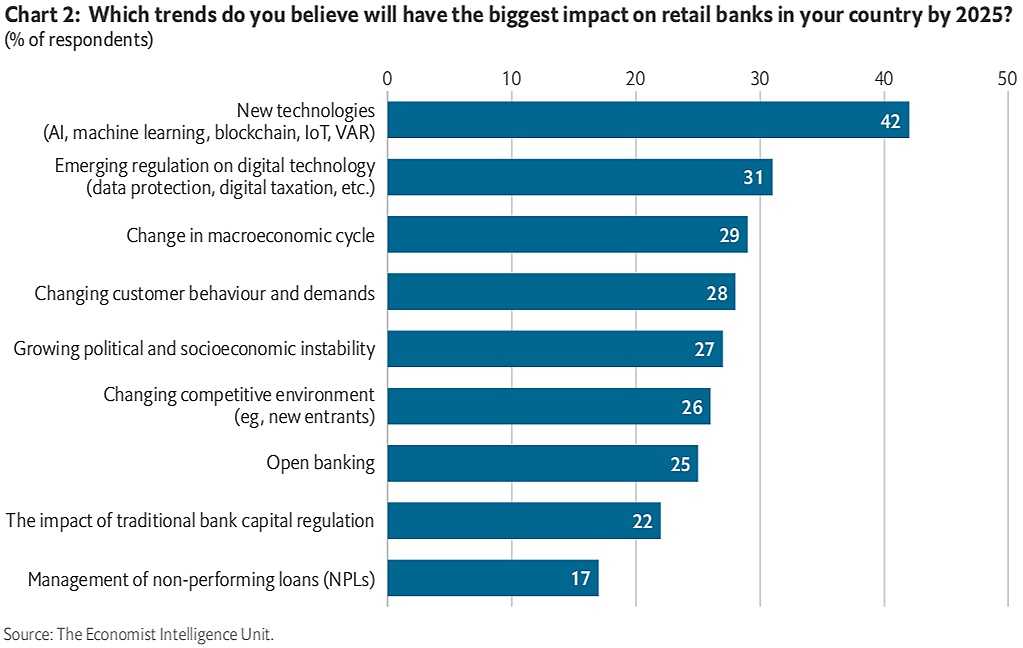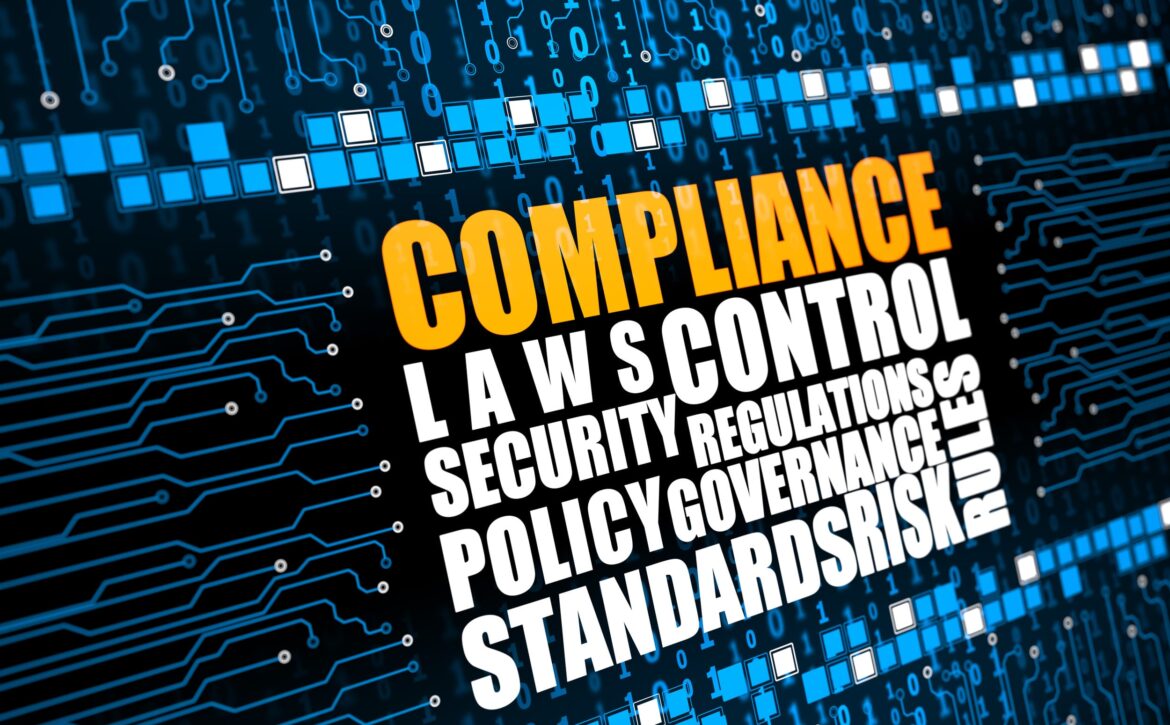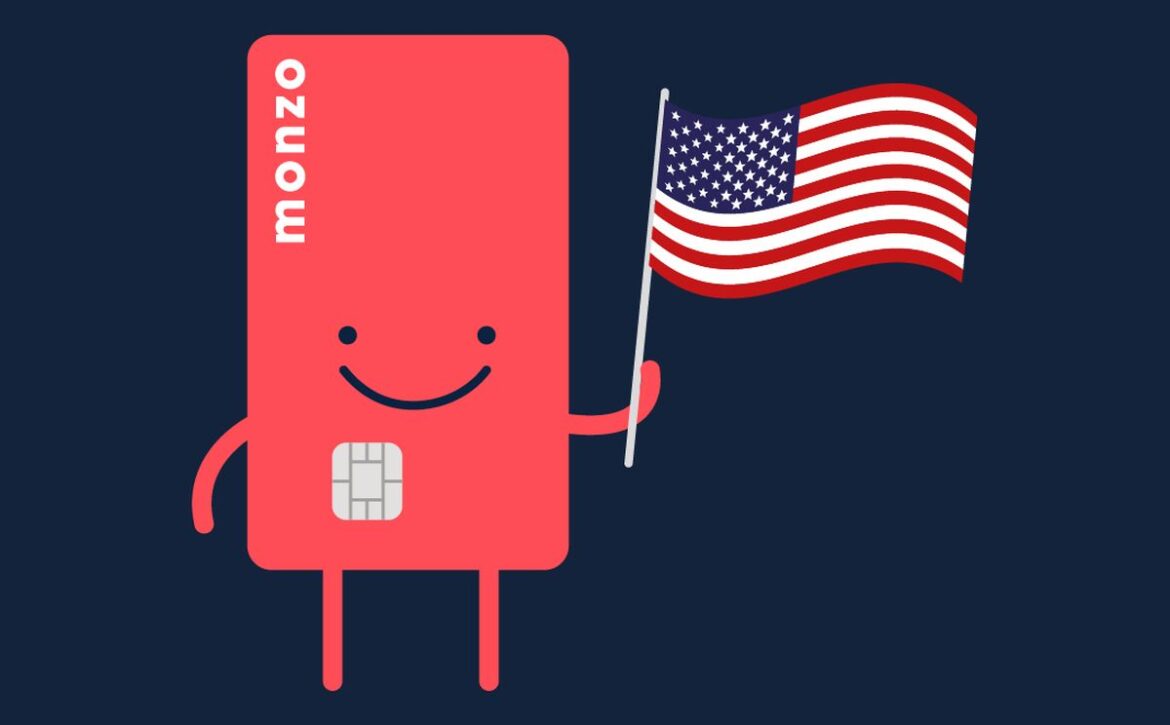[On Tuesday, May 7, Devon Kinkead spoke at the annual Fiserv Forum client conference in Las Vegas. His presentation, “Empowering the Digital Marketer,” was part of the Forum’s session on artificial intelligence and analytics. Following is a transcript of his talk.]
By Devon Kinkead, Founder and CEO, Micronotes
While attending the MIT Sloan School of Management, I got interested in big data and analytics. And I realized there was an opportunity to transform digital businesses that had two things: a lot of customer data, and high number of website visits, which is exactly what financial institutions have.
That led to the creation of Micronotes.
Let’s talk about the marketing function in financial institutions. Bank and credit union marketers have a tough job. They have to figure out what people want—without ever seeing them, in many cases—as customers seldom come into branches anymore. It’s a challenging problem.
Marketers have three main tools to work with today: email marketing, direct mail marketing, and advertising. As you probably know from your own behavior, you don’t interact with these items very much. You probably ignore spam, don’t click on advertising, and throw away most of the stuff that arrives in your mailbox. That’s why the efficacy of these tools is pretty low.
However, when you add artificial intelligence (AI) to the marketer’s toolkit, you supercharge the marketing function. That’s because, suddenly, a whole lot of data comes to bear on the problem. You can get the experience right on the customer side, and you can get a lot of user interaction, which is important.
Using AI, you can get customers to tell you explicitly if they’re in the market for a product or service. And that leads to the ability to make offers to truly in-market consumers and not aggravate those who are not in the market. And you can also let the consumers actually train the data model, which is where the machine learning element of AI comes into play on the Micronotes platform.
Let’s unpack a few of these things. First is this notion of data-driven dialogue. Micronotes takes in about six months of customer data from our bank and credit union clients. We create a time-search data set, and we turn classifiers loose on that data set, to classify everybody into essentially a probability matrix that tells us whether or not we should talk to a particular customer about a particular product.

The next thing that happens is Micronotes launches a 10-second interview (which looks a little bit like a survey) during customers’ mobile and online banking sessions. We ask questions such as “Are you interested in an auto loan?” or “Are you thinking about home repair?” and so on.
And the customer responds—with quite a bit of honesty—”Yes,” “No,” or “Maybe.” Then, if they are in the market for the product or service being offered, we create a lead that goes to the bank’s front lines. Or we handle it directly by sending the customer to the loan page or the CD page, or whatever page matches what they’ve told us interests them.
Even if the customer says “No,” it’s okay because that response becomes a piece of training data for the classifiers. That’s how machine learning works. Any response, positive or negative, is fed back into the system, training it to be even more accurate with each subsequent customer conversation.
If you’ve ever given a thumbs-up or thumbs-down to a recommendation from Netflix, you are training the Netflix machine by providing data for algorithms running in the background. You’re helping them figure out what programs to recommend the next time you log into Netflix.
The great news is when customers actually have the power to say explicitly whether they’re in-market for a particular product or service, that means all the marketing you do from that moment forward is focused on a legitimate need, which is a really powerful idea. And it’s something the world desperately needs.
And this notion of letting customers train the data set and personalize their own experience is another extremely powerful idea. At the end of the day, it means the financial institution is quickly learning from its customers, and marketing only to people who are explicitly in-market.

The results are pretty amazing. Most of our customers engage up to 20 percent of their entire digital population in any given month. If you do the math, that’s a learning curve about 20 times faster than what you can achieve with targeted advertising. And that’s huge because, as we know, fast learners get to the finish line first. And fast-learning financial institutions are more competitive than slow-learning ones.
With Micronotes’ AI-driven marketing automation platform, 100 percent of the marketing that takes place is focused on validated needs. If you pick up the phone and call a customer, it’s because you have validated that they are not only a high-propensity target, but they are actively in-market for what you’re offering.
Because we consume our banking clients’ data every day and measure how many sales they make, we know financial institutions can achieve 10 cross-sales per thousand active digital users, per year. That’s important because Micronotes measures our success on how many customer needs we meet during any particular timeframe. And our measure of how to meet customer needs is “Did we get the sale?” because we view each sale as a successful engagement that met the customer’s requirement.















